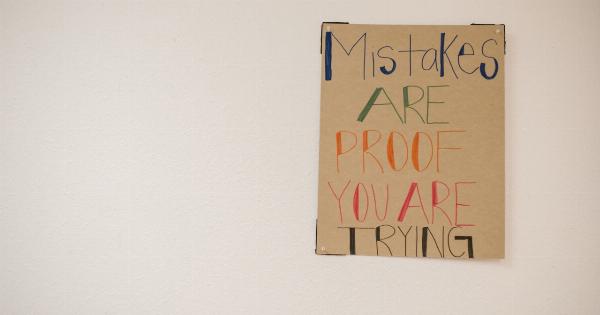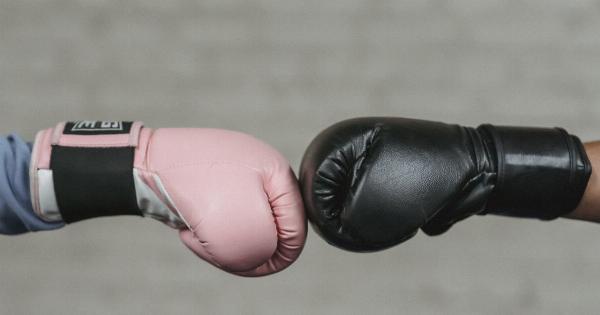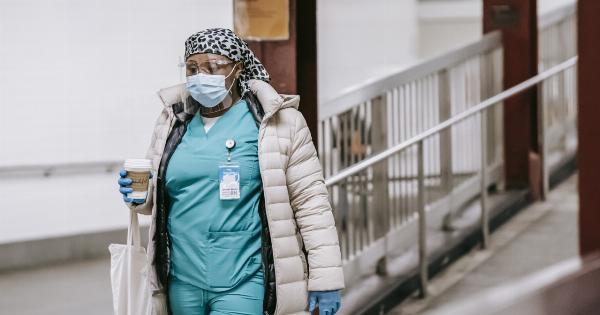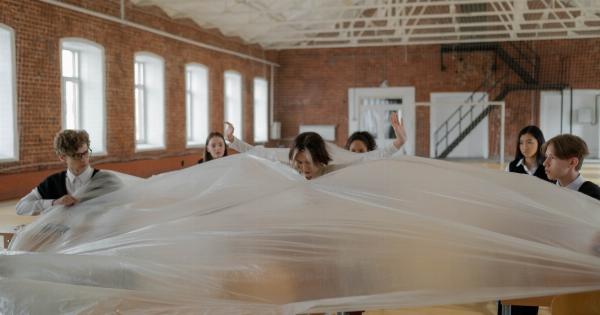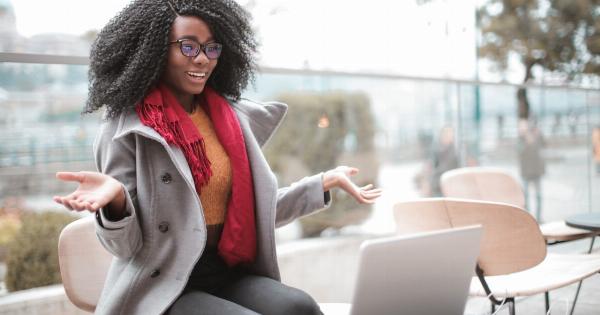Lithuania, a small Baltic nation known for its rich history and vibrant culture, is home to a unique and thought-provoking establishment – the “Bullying Museum”.
This one-of-a-kind museum, located in Klaipeda, seeks to shed light on the dark reality of bullying and its lasting impact on individuals and society. Through a combination of interactive exhibits, personal stories, and educational programs, the museum aims to raise awareness about the issue and promote a more empathetic and inclusive society.
Join us as we take a glimpse into Lithuania’s “Bullying Museum” and explore the significance of its mission.
A Historical Perspective on Bullying
Bullying, unfortunately, is not a new phenomenon. Throughout history, individuals have been subjected to various forms of bullying, whether it be physical, verbal, or emotional.
From the schoolyard to the workplace, bullying has left scars on countless lives, often leading to long-term psychological trauma.
The Genesis of the Bullying Museum
The idea for Lithuania’s “Bullying Museum” originated from a group of passionate educators and psychologists who recognized the urgent need to address this pervasive issue.
They understood that by creating a physical space solely dedicated to exploring the various aspects of bullying, they could spark important conversations, encourage reflection, and inspire change.
Exploring the Museum’s Exhibits
The “Bullying Museum” offers a range of interactive exhibits that take visitors on a journey, delving deep into the world of bullying. One such exhibit focuses on the different types of bullying and their devastating consequences.
Through visual displays, audio recordings, and written narratives, visitors gain a comprehensive understanding of the multifaceted nature of bullying and its impact on victims.
Personal Stories of Survival
One of the most powerful aspects of the “Bullying Museum” is its emphasis on personal stories.
The museum collects and displays narratives from individuals who have experienced bullying firsthand, allowing visitors to connect with the emotional and psychological toll it takes. These stories serve as a poignant reminder of the urgent need for empathy and action.
Empathy-Building Workshops
In addition to its exhibits, the “Bullying Museum” organizes empathy-building workshops for various groups, including school children, teachers, parents, and employers.
These workshops aim to cultivate empathy, promote healthy relationships, and equip attendees with the tools necessary to combat bullying within their communities.
A Platform for Research and Advocacy
The “Bullying Museum” serves as more than just a space for education and awareness.
It also acts as a platform for research and advocacy, collaborating with experts, researchers, and policymakers to drive meaningful change at a societal level. By conducting and disseminating research on bullying, the museum plays a crucial role in influencing policies and practices that effectively address the issue.
Community Engagement and Outreach
The “Bullying Museum” is deeply committed to engaging with its community and extending its reach beyond its physical location.
Regular events, such as panel discussions, awareness campaigns, and art exhibitions, are organized to encourage conversation, share knowledge, and mobilize the public in the fight against bullying.
Impact and Recognition
Since its establishment, the “Bullying Museum” has garnered significant recognition both nationally and internationally.
Its impact on raising awareness about bullying and fostering empathy has been widely acknowledged, leading to collaborations with like-minded organizations and the establishment of sister museums in other countries.
A Call to Action
The “Bullying Museum” not only serves as a reminder of the grim reality of bullying but also seeks to inspire individuals, communities, and institutions to take action.
Through its exhibits, workshops, and advocacy efforts, the museum urges society to stand up against bullying, cultivate empathy, and create a future where no one has to endure the pain and trauma caused by such acts.
Conclusion
Lithuania’s “Bullying Museum” is a powerful testament to the devastating effects of bullying and the urgent need for societal change.
By providing a platform for education, awareness, and activism, the museum plays a pivotal role in shaping a more compassionate and inclusive society. As visitors walk through its doors, they are confronted with the stark reality of bullying, but also infused with hope and inspiration to make a difference.

